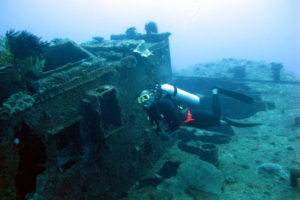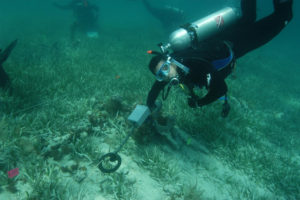Deciphering the secrets of a submerged transit is surely fun. After your hundredth dive, you finally decided to explore a wreck site. Your doubting, however, because you do not know what to expect. Are ghosts real? Because if they are, there is a huge chance a bunch of them might be roving the wreck site. And wait, not to mention abysmal monsters? You heard they are not just myths, that they actually exist, and sometimes they camouflage in the form of a beautiful maiden. You ingested too much horror movies, scaredy fellow. Here: Before diving that wreck, here are few things you need to remember (and no, this is not a guide on how to combat the fiends you fear):
Local laws preserving the site
Are there local laws that might limit your dive? Are there certain points divers are prohibited to explore? Start researching them now. Knowing these things can help you set expectations before the dive.
The story of the wreck
The more you know about the wreck, the more you’ll appreciate it. Is this wreck important in the history of its locals? How significant is this wreck site? How did it sank? How many people were injured when it met its fate? How catastrophic was it?
Wreck diving certificate
Your certification is a proof that you can safely and comfortably explore a wreck site. Signing up for a wreck diving program will also teach you the do’s and don’t’s in diving a wreck.
How to avoid hazards
Possible hazards are not fun, that’s why we as much as possible avoid them. Combat poisonous creatures or jellyfish stings by applying jellyfish protection cream. Avoid injuries from sharp objects by wearing the right suit and gloves. Bring a dive knife in case you get entangled while exploring the site.



